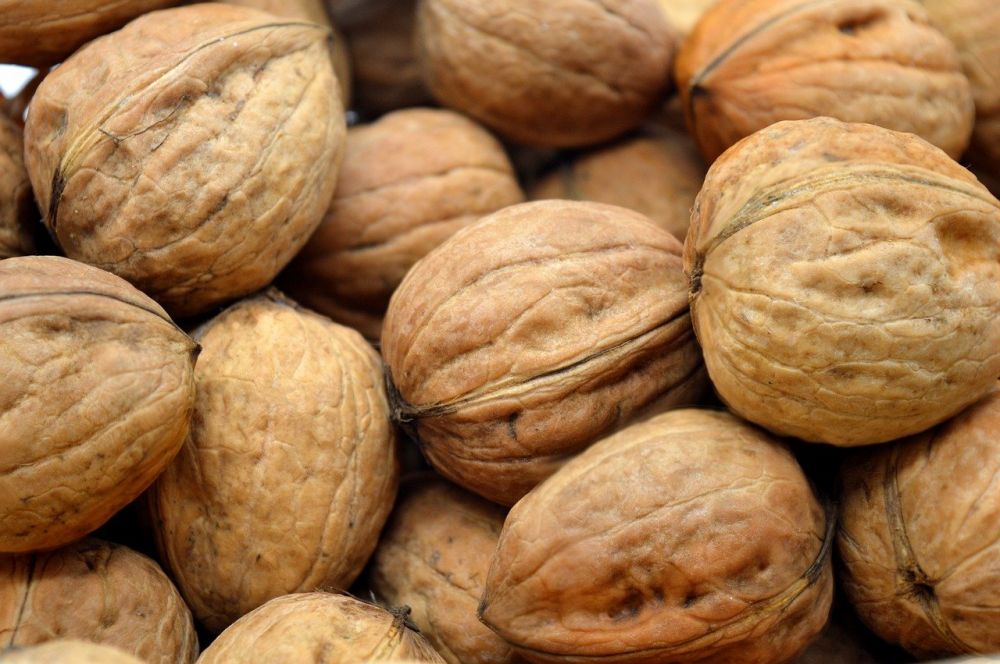Raw Food Diet: A Comprehensive Guide to a Healthy Lifestyle

Introduction:
The raw food diet has gained significant popularity in recent years as a way to promote healthy living and improve overall well-being. This article aims to provide an in-depth overview of the raw food diet, its different types, popular variations, quantitative measurements, and the historical advantages and disadvantages associated with each type. By delving into these topics, readers will gain a thorough understanding of the raw food diet and its potential benefits.
Overview of Raw Food Diet:

The raw food diet is centered around consuming unprocessed, uncooked, and organic foods. This lifestyle choice promotes the belief that heating food above 118F (48C) destroys essential enzymes and nutrients, thus diminishing its nutritional value. By eating raw foods, proponents of the diet claim that individuals can experience improved digestion, increased energy levels, weight loss, and reduced risk of chronic diseases.
Comprehensive Presentation of Raw Food Diet:
There are several types of raw food diets, each with its own characteristics and popularity. Let’s explore the most common variations:
1. Raw Vegan Diet: This variant excludes all animal products, including meat, dairy, and honey. It focuses on fruits, vegetables, nuts, seeds, and grains in their raw and unprocessed forms.
2. Raw Vegetarian Diet: Unlike the raw vegan diet, this variation permits the consumption of raw dairy products, such as yogurt and cheese, as well as raw eggs.
3. Raw Omnivorous Diet: This type allows the consumption of raw animal products, such as raw fish (sushi), sashimi, and tartare.
Quantitative Measurements of Raw Food Diet:
While it can be challenging to obtain precise quantitative data on the raw food diet’s impact, studies show that individuals following this lifestyle have lower BMIs (Body Mass Index) and reduced risks of heart disease, diabetes, and certain cancers. Additionally, raw food dieters typically consume higher amounts of fiber, vitamins, minerals, and phytochemicals compared to those on traditional diets.
Differences Between Various Raw Food Diets:
Although all raw food diets share the common practice of consuming uncooked foods, each variant differs in terms of food choices and restrictions. For example:
1. Nutritional Balance: Raw vegans may find it more challenging to obtain sufficient iron and vitamin B12, whereas raw omnivores have fewer obstacles in meeting these nutritional needs.
2. Sustainability: Some raw food diets may require sourcing rare or exotic ingredients, potentially impacting environmental sustainability.
3. Compliance and Social Interactions: Following a raw food diet may present challenges during social gatherings or when dining out, depending on the chosen variation.
Historical Examination of Advantages and Disadvantages:
Over the years, raw food diets have presented both advantages and disadvantages:
1. Advantages: Advocates of the raw food diet argue that it promotes weight loss, increases nutrient intake, improves digestion, boosts energy levels, and reduces the risk of chronic diseases.
2. Disadvantages: Critics highlight potential nutrient deficiencies, increased risk of foodborne illnesses, potential social and psychological challenges, and difficulties in meeting nutritional needs for certain populations, such as pregnant women and children.
[INSERT VIDEO HERE – A video showcasing delicious and nutritious raw food recipes and meal ideas]
Conclusion:
The raw food diet offers a unique approach to nourishing the body with nutrient-rich, unprocessed, and uncooked foods. By understanding the different types, quantitative measurements, variations, and historical pros and cons of the raw food diet, individuals can make informed decisions about incorporating this lifestyle into their lives. It is important to consult with healthcare professionals or registered dietitians to ensure nutritional adequacy when adopting any dietary changes. Embracing a raw food diet can be a transformative journey towards improved health and well-being, but it requires careful consideration and personalization to suit individual needs.











